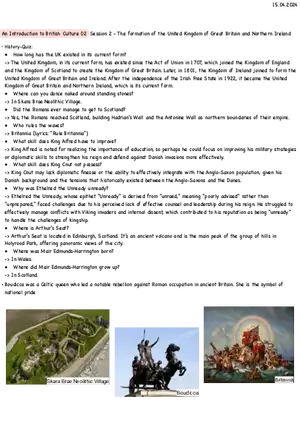1200-1450 Time Period ~ 20% of the Exam Cram Packet
Nature and causes of changes in the world history framework leading up to 1200-1450 as a period. Major
events which caused change:
Islam emerges; Islamic empire emerges
Industrial Revolution in China (Sung dynasty)
Spread of Neo-Confucianism (in China) - mixture of Confucianism with some Buddhism Schism in
Christianity (when the east and the west churches divided into Roman Catholicism and Eastern Orthodox
Christianity; they divided over the issue of icons)
Camels in Sahara - increased trade
Black Death - decimated Europe's population, political, and economic systems
Italian Renaissance - began the dominance of Europe in culture
Emergence of new empires and political systems
thought
was
song
Tang Dynasty [618-906] A merit-based bureaucracy -This system was well developed during the Han
Dynasty, but the Tang made good use of it by recruiting government officials who were well educated, loyal,
and efficient. Although powerful families used their resources to place relatives in government positions,
most bureaucrats won their posts because of intellectual ability.
Mongols
Caliphate System - religious leader and the political leader one in the same
Feudalism - King; Lords; Knights; Peasants
Continuities and breaks within the period (e.g. the impact of the Mongols on international contacts and on
specific societies):
Why do historians think the following events created a new historical period?
The Byzantine Empire remained a major factor. It held numerous different groups of peoples. Bureaucracy
key to success - SIMILAR TO TANG
The impact of the Viking raids - challenged Europeans to get better protection - begins European
feudalism; invaded rural areas rather than large towns and cities The Crusades - Europeans travel to Holy
Land - creating a desire to Eastern goods - leads to exploration
Mongolian empires - new group of "invaders" - from Mongolia; under the leadership of Genghis Khan
Mamluk rule in Egypt (non-Arab slaves in Egypt who overthrew the Egyptians)
The Islamic World
The rise and role of Dar al-Islam as a unifying cultural and economic force in Eurasia and Africa
Islam was a unifying force in culture aspects of Eurasia and Africa - similar religion (Islam), similar language (Arabic),
similar art (forbids art of humans so has a lot of geometric designs. (COMPARE TO EUROPEAN CATHOLICISM)
Islamic political structures, notably the caliphate
Caliphate was a theocracy with the political and religious leader the same. It included Sharia (Islamic Law).
Sultanate - monarchy
[2]

